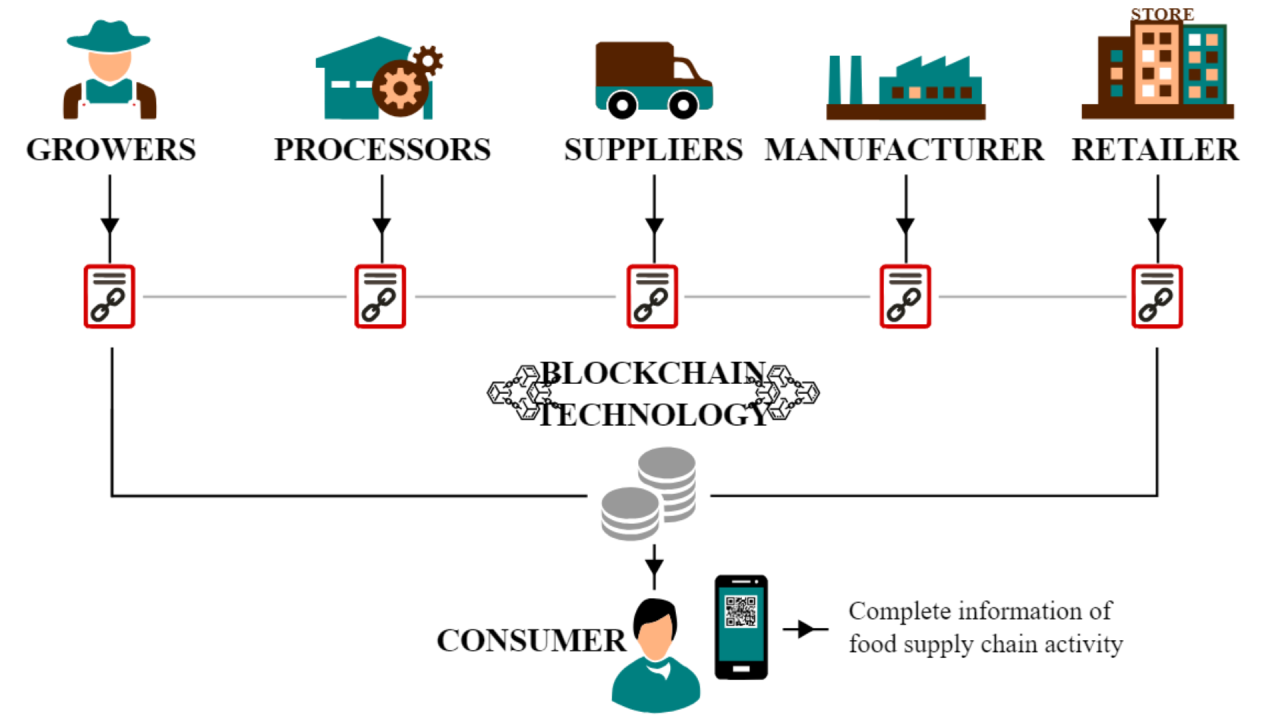In today’s fast‑moving industrial landscape, companies generate massive volumes of data and documents every day operations manuals, safety procedures, engineering designs, training videos, regulatory filings, and more. Unlocking this dispersed knowledge quickly and accurately can mean the difference between meeting a critical production deadline or suffering costly downtime tech blog. This is the story of how Linde, a global leader in gases and engineering, harnessed large language models (LLMs) to transform its knowledge retrieval and empower employees around the world.
Table of Contents
ToggleThe Challenge: Fragmented Knowledge Silos
Before adopting LLM‑driven search, Linde faced familiar hurdles:
-
Diverse content sources
From an ERP system and shared drives to email archives and a legacy intranet, information lived in too many disconnected places. -
Unstandardized terminology
Engineers called a component “gasMixer,” operators used “mixUnit,” and maintenance crews referred to it as “blendModule.” -
Complex documentation
Safety data sheets, engineering reports, and customer contracts had unique structures and jargon. -
Slow search
Traditional keyword searches returned hundreds of irrelevant results or missed critical documents that used different terms.
Employees spent hours hunting for the right instructions or design patterns—time that could have gone into innovation or improving plant uptime.
Enter LLMs: A New Retrieval Paradigm
Large language models—trained on billions of words—understand context, synonyms, and semantic meaning, not just literal keywords. By embedding documents and queries into a shared vector space, an LLM can:
-
Interpret intent: Recognize that “how do I adjust the blend rate?” relates to “blendModule calibration.”
-
Rank by relevance: Surface the most contextually useful results, even if exact terms don’t match.
-
Summarize content: Provide quick overviews of long procedures or highlight critical safety steps.
This semantic approach turns a clumsy search engine into a conversational assistant that finds answers in seconds.
The Linde Story: From Problem to Solution
Discovery and Pilot
A cross‑functional team of data engineers and knowledge managers began by:
-
Inventorying data sources
Identifying key repositories: document management systems, SharePoint libraries, and archived PDFs. -
Tagging high‑value use cases
Focusing on safety procedures, equipment calibration guides, and customer service FAQs. -
Choosing an LLM platform
Evaluating options based on data privacy, on‑premise deployment, and integration capabilities.
Within six weeks, they had a working prototype: a simple chat interface where an engineer could ask natural‑language questions and receive precise excerpts from the right manual.
Scaling Up
Encouraged by the pilot’s success, Linde rolled out the LLM‑powered retrieval system to three major sites:
-
Data ingestion pipeline
Automated connectors normalize documents, extract text, and index embeddings daily. -
Custom synonym dictionary
Legacy terms like “Line Pack” and “Accumulator” were linked to standard terms in the model’s vocabulary. -
Role‑based access control
Ensured that proprietary engineering designs remained visible only to authorized teams.
The result: a unified search portal that wrapped LLM calls in the familiar corporate interface.
Results and Impact
| Metric | Before LLM Search | After LLM Search | Improvement |
|---|---|---|---|
| Average time to find a procedure | 45 minutes | 3 minutes | –93% |
| Reduction in duplicate support tickets | N/A | 28% fewer tickets | – |
| User satisfaction score | 3.2 / 5 | 4.6 / 5 | +44% |
| Onboarding time for new hires | 2 weeks | 5 days | –64% |
-
Faster troubleshooting: Maintenance teams resolved breakdowns more quickly by pulling up the right step in an instant.
-
Fewer errors: Operators followed the latest version of safety procedures, reducing near‑miss incidents.
-
Democratized expertise: Junior engineers accessed deep‑dive design rationales without having to track down senior mentors.
Best Practices and Lessons Learned
-
Start with high‑value content
Focus on the manuals and procedures that have the biggest operational impact. -
Curate terminology
Build a living glossary of domain‑specific synonyms to guide the model’s understanding. -
Monitor and refine
Use feedback loops—track which results users select and fine‑tune models to boost relevance. -
Balance AI with human review
For critical documents, show AI‑suggested snippets alongside full text so users can verify context. -
Ensure data governance
Encrypt embeddings at rest and apply strict access controls to protect intellectual property.
Future Outlook
Linde’s initial success has paved the way for next‑generation features:
-
Proactive insights: LLM agents that monitor live sensor data and alert engineers with checklist links when anomalies arise.
-
Multimodal retrieval: Integrating diagrams and CAD files, enabling users to ask about specific parts of an engineering drawing.
-
Cross‑language support: Real‑time translation of documents so global teams can query in their native language.
As enterprise-grade LLMs continue to evolve, knowledge retrieval will become even more intuitive—turning every user into a power user of institutional memory.
Conclusion
By embedding LLMs at the heart of its knowledge management strategy, Linde has transformed fragmented manuals and scattered archives into a single, conversational source of truth. What once took nearly an hour to locate now appears in seconds, enabling faster decision‑making, reducing risk, and boosting productivity. The Linde story is a powerful example of how organizations can harness AI not just for flashy demos, but to solve real business challenges. As you consider your own knowledge retrieval needs, ask yourself: could an LLM‑powered assistant turn your data silos into strategic assets? The future of work answers with a resounding “yes.



